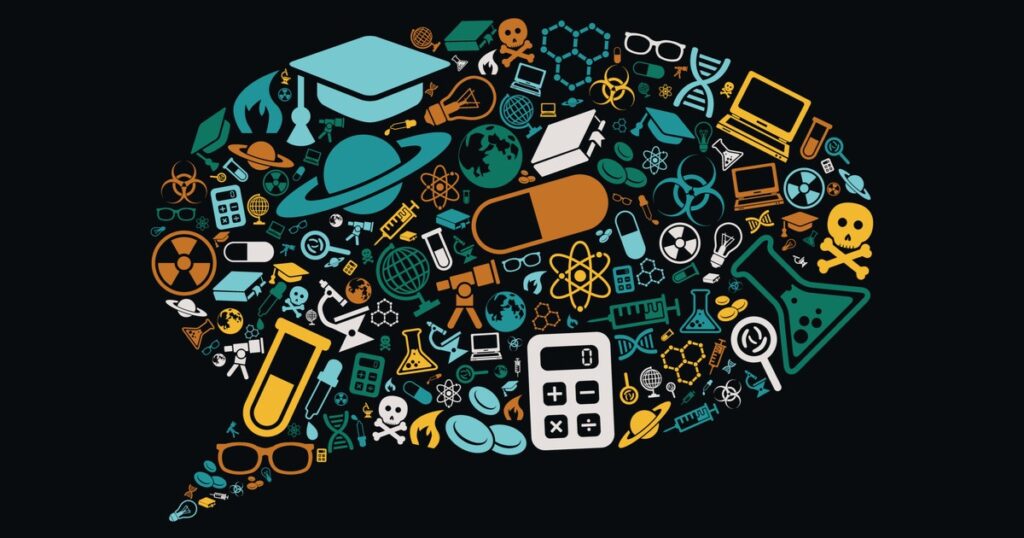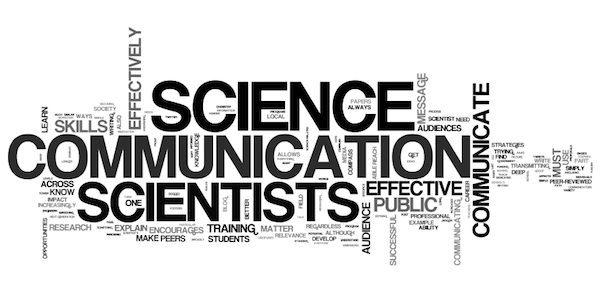One important aspect of this pandemic has been that it made us identify the scarcity or a lack thereof of a ‘science communication’ culture in Pakistan.
Although we did come across some examples of it through news channels and newspapers, unfortunately, those exemplified How Not To Communicate Science. From overselling diagnostics to misinforming the public about therapeutics, our mainstream media has been, even now, at the forefront of bad science communication.
We have come across multiple Facebook groups with hundreds and thousands of individuals to chains of WhatsApp forward messages, during the pandemic we have seen how rapidly community networks have developed and grown based on the information they received from the mainstream media, and in many circumstances, these groups and messages themselves have been the source of information for the mainstream media.
This form of communication which devoid of scientific and journalistic rigor is not only detrimental to health but it also put vulnerable communities at an increased risk.
The media isn’t the only institution to blame here rather it is a failure of multiple institutions that play an important role in 2 sub-areas of Science Communication a) Public awareness of science b) Public understanding of science.
Except for a few private organizations and startups that work on STEM education, there isn’t one in Pakistan (at least as far as we know) which trains scientists to help inform and make the public understand the scientific reasons behind the processes that influence them and the nature around them.
When communicating science, the communicator has to be wary of an individual’s or a community’s personal and cultural values and biases. This is particularly important because while engaging with the general public if we are developing a message which doesn’t consider their literacy and culture, we risk putting the public “against science” instead of “with science.”

Healthcare emergencies create panic, because they influence us economically, socially, mentally and personally, and it is difficult to predict when it will be over. In such circumstances individuals and communities look towards their personal beliefs and resources as a source of a reaction to the emergency and this response itself is dynamic, which makes science communication not just a complex but also a sensitive venture.
As a communicator, be that maybe a scientist, the government or a journalist, there is a critical responsibility to inform the public and this process of information dispensation goes through filtration with the following purposes a) not creating a panic b) not overwhelming the public with technical process that they cannot understand c) influencing them to adopt responsible public health measures. Keep in mind that this messaging is different from the one which informs policy.
While developing the message itself it is important that we write it with scientific integrity to ensure that we communicate the information which is accurate and a similar effort should be made to counter the misinformation infodemic.
All these factors make it important for the mainstream media or journalism houses to actively reach out to area experts, and not “arm-chair” ones, to guide them in the process of public awareness and understanding. We also risk making the pandemic a partisan issue by inviting politicians to speak about the scientific aspects of it as it may lead to a decrease in the acceptance of public health guidelines. There is no alternative for expertise during a healthcare pandemic where new information is emerging continuously, at times making journals retract previously published scientific work. It is imperative for these media platforms to develop the will and acknowledge the need for making use of scientific expertise and using it for social wellness.
No doubt that the current reality of the covid crisis is complicated and there are very few tried and tested solutions to ensure. For us to minimize the unintended consequences, it is important that we share scientific information with the public, responsibly, and be cognizant of what kind of information is relevant for effective action.
Authors’ Note: Genes & Machines has been providing a platform for scientific experts to help inform both the public and policy. You can read their recommendations for policy suggestions here and their public awareness session on covid19 here. You can view their continuing efforts for increasing public awareness, understanding and access to science at GenesMachines.io
For communication guidelines and examples of good communication please view CDC Guidelines, Scientific American, and New York Times.
Author’s Info:
Hassnain Qasim Bokhari is a science communicator and a synthetic biologist currently affiliated with the iGEM Foundation, USA. He also works with STEM-focused organizations working on community development, education and advocacy. He tweets at @QasimHassnain
Marsad Siddique is the Founder and CEO of Sukoon.ai, and an undergrad biotech student. He also works as part of the After iGEM HS committee in research and analysis as well as Genes & Machines’ core team and absolutely loves to write be it poetry prose or hot takes on @marsadswords on Instagram. Twitter: @marsadist
Also Read: Adjusting to the exigent life of a Broadcaster under Coronavirus lockdown~ Zeeshan Haider

Hassnain Qasim Bokhari is a science communicator and a synthetic biologist currently affiliated with the iGEM Foundation, USA. He also works with various STEM-based organizations working on community development, education and advocacy. He tweets at @QasimHassnain

